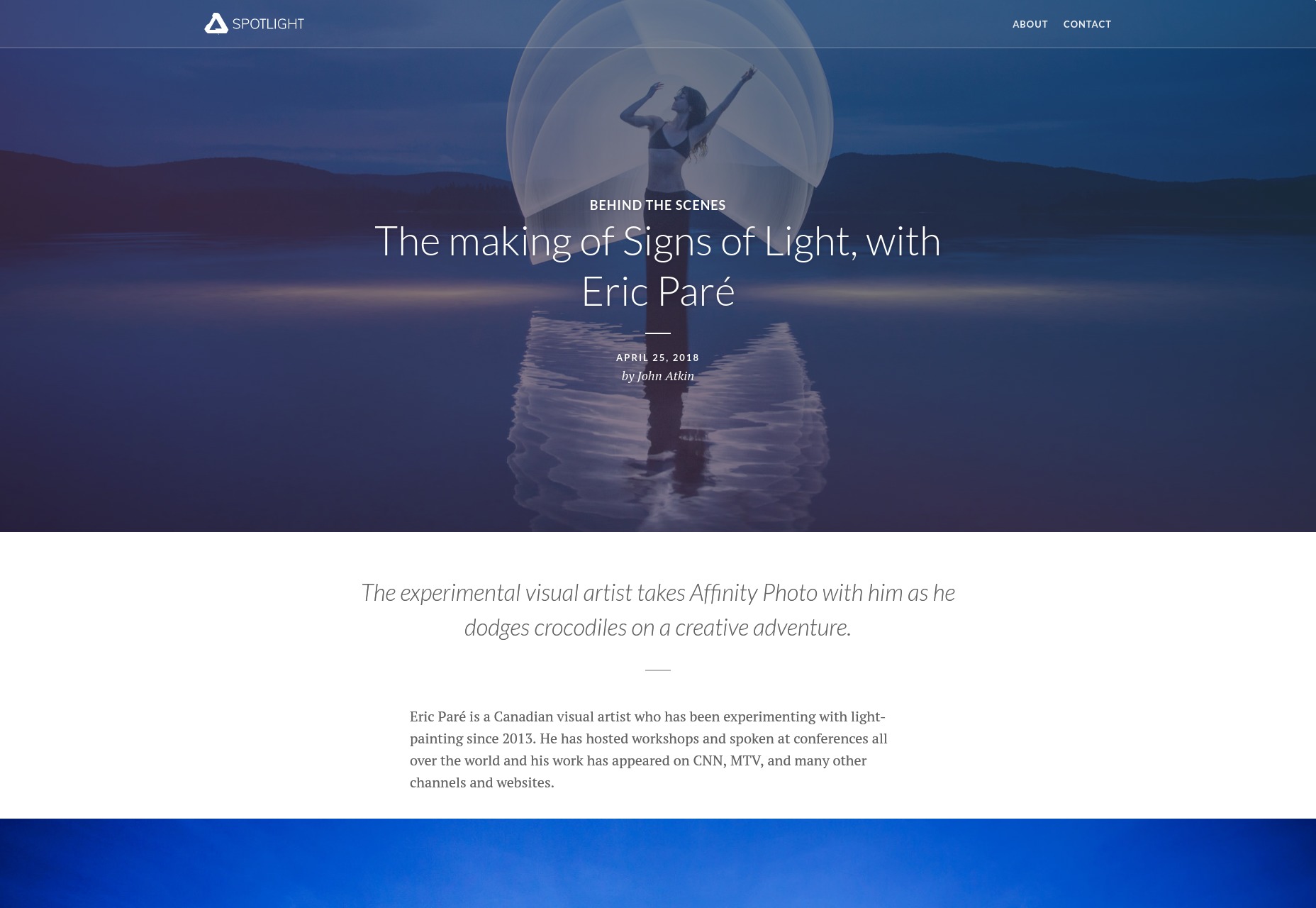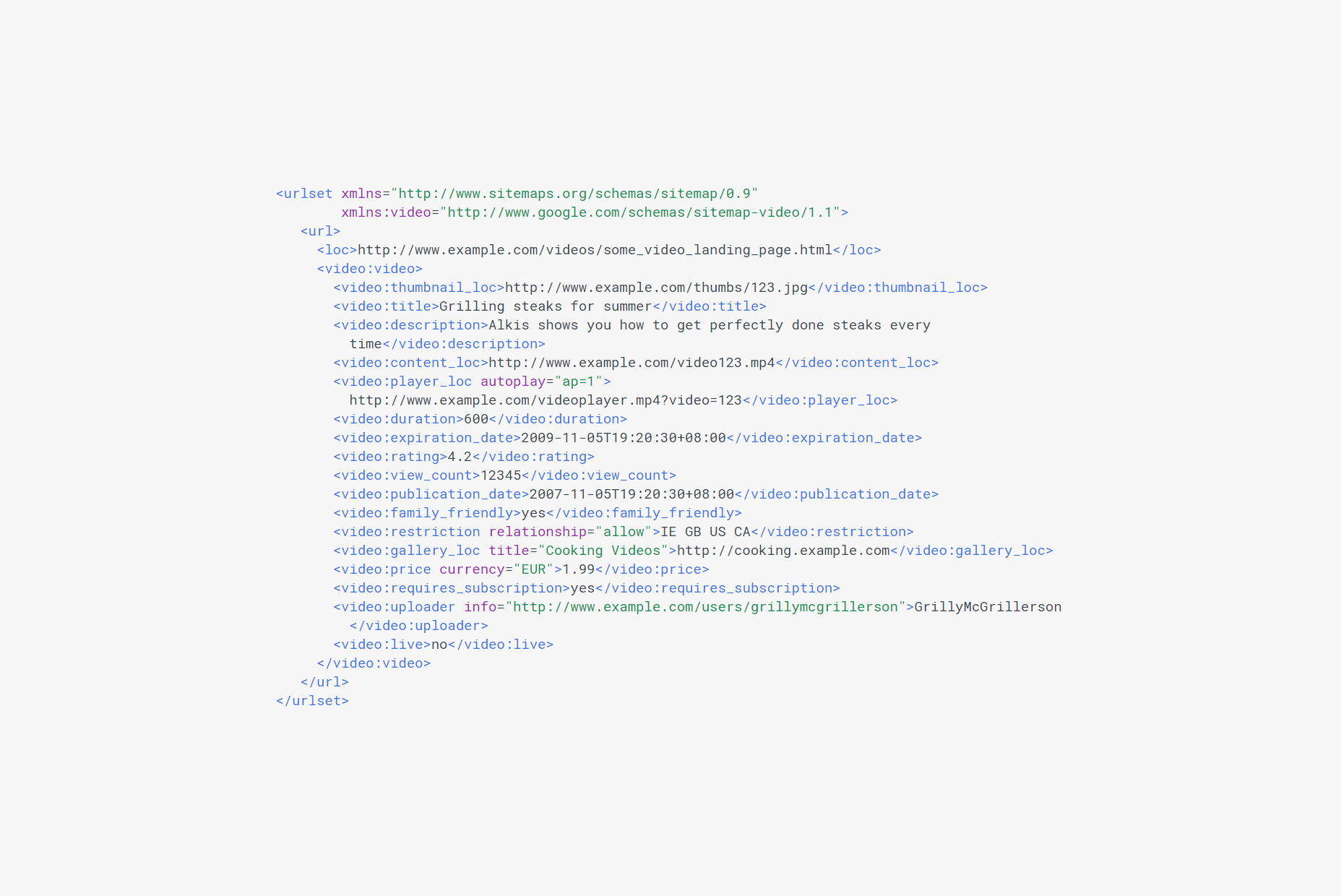44 million Americans reportedly have a side hustle.
It seems like just about everyone is looking to get a piece of the gig-economy action.
And it’s no surprise why.
Running a side-hustle can give you an incredible sense of freedom.
You can be your own boss, bring in some extra income, and work on projects you’re genuinely passionate about.
Unfortunately, it all takes time.
If you’re not strategic about how you run your e-commerce side hustle, it can actually feel restricting.
Growing an online business is no simple task.
But when you’re trying to balance it on top of a full-time job, it can easily become too much to handle.
However, you don’t need to give up your e-commerce dreams just yet.
If you know how to make your side hustle work for you, you can achieve full-time results in part-time hours.
In fact, you can run a successful e-commerce business in as little as 15 hours a week.
Here’s how.
1. Work SMART, not hard
If you want to be a business owner, you have act like it.
Although you may not be running the next Amazon (not yet, anyway), you need to treat your e-commerce business like a full-blown selling machine.
That means creating a business plan, establishing a timeline, and setting goals – and sticking to all of them.
Let’s start with the business plan.
According to the Harvard Business Review, having a business plan can actually make you more likely to succeed.
Your e-commerce business plan sets the foundation for how you’ll run your business.
It not only outlines what you’ll sell but how you’ll sell it.
It covers how you’ll ship and deliver your products, what pathways you’ll take to promote your items, and how you’ll price each product so that you can gain a profit.
Take a look at this example of a one-page business plan from The $100 Startup.

This easy-to-create business plan for your e-commerce business forces you to sit down and think of the big picture.
Not only does it give you a direction to move, but it lays out how you’re going to get there.
Establishing this roadmap early on in your e-commerce business allows you to reduce the time you spend guessing what to do next – meaning you can work more efficiently during your part-time hours.
You can also ensure that you’re running a sustainable business, taking some of the pressure off of you as you move forward.
To create your e-commerce business plan, you first want to start with your business model.
If you’re looking to run an e-commerce business part-time, you’re probably going to want to consider dropshipping.
Here’s a breakdown of how Selfstartr describes dropshipping.
Dropshipping is the least hands-on form of e-commerce, making it the perfect option if you’re looking to reduce the amount of time you actually spend on your business.

With dropshipping, you simply act as a middleman between the customer and the supplier.
The customer orders from your store, you alert the supplier of their order, then the supplier sends the order directly to your customer.
This means you don’t have to worry about inventory or creating products.
Hover, it doesn’t work if you’re looking to sell unique products. In that case, you’ll need to work with either private labeling or white labeling.
Here’s how each works.

With private labeling, a factory makes products specifically for you. When a customer buys, it’s your responsibility to send that product to them.
White labeling is similar, except that the products aren’t entirely unique. Instead, they just come packed with your branding and logo.
Each of these options can give you more control of your products, but they require a larger time investment – which can be a challenge if you’re only putting in part-time hours.
Finally, create some long-term and short-term goals.
Document where you’d like to be in one month.
Then one year.
Then five years.
Don’t be afraid to think big when creating your goals.
Use the SMART goal method to refine your goals as much as possible.

Give yourself due dates, set metrics you’ll measure your goals by, and explain how you’ll measure each goal.
Sound obvious?
The key to a side hustle is getting revenue off the ground. So you need to set the end goal or target and work backward.
Only then can you break down your business plan, timeline, and goals into some actionable items.
Take a look at the short-term goals you’ve set.
Outline what you’d need to accomplish to make these goals come true.
Turn these into their own mini goals. Assign them realistic due dates and metrics to measure them by.
Then you’ll want to create a master calendar.
Here’s an example from Search Engine Journal.

This kind of bird-eye-view look at everything you need to accomplish for the next few weeks, month, or even the full year can help you stay focused and on task.
Using these due dates, the marketing and posting schedule you’ve established, and your business commitments you outlined in your business plan, you’ll want to lay out what you’re responsible for every day of the month.
Creating a visual like this can allow you to see not only what you need to accomplish that day, but also in the days ahead.
It can prevent you from feeling overwhelmed with responsibility while also ensuring you stay on track.
Finally, for each day, you’ll want to designate a specific time to work on your e-commerce business tasks.
You can easily add time blocking to any calendar app, such as Google Calendar.

Block out designated chunks of time that you only use for that day’s side hustle commitments.
Avoid the TV, turn your phone on Do Not Disturb, and tell your kids, significant other, roommates, or friends not to bother you.
To help you stay focused, take advantage of timers.
The Pomodoro Technique is one way to keep focused on the task at hand.
You simply set a 25-minute timer. As long as that timer is on, you’re working distraction-free on your to-do list.
Once that times up, you take a short five-minute break.
Then you repeat until your task is finished.
You can set goals for how many 25-minute sessions you’d like to complete each day, ensuring you track the time you’re actually spending on your side-hustle.
This can help you avoid multitasking, which can make it much more difficult to get things done in a timely manner.
Finally, you can keep track of your plan through using a simple CRM. You don’t need Salesforce or any other thousand-dollar options initially.
You just need something simple to start tracking your repeatable milestones or activities. Pick something simple that already works with your current setup.
For example, SalesMate has a free plugin that will sync everything under Google Apps. That means you can use Google Sheets to track deliverables, Docs to track notes, then and attach them to individual email contacts for your next Google Calendar meeting.
Nothing falls through the cracks when you’ve brought it all under one house. Especially if you can then use this foundation to start automating your recurring tasks.
2. Harness the power of automation
Unfortunately, you can’t just hit pause on the e-commerce business while you’re away at your day job.
Even though you’re not there to keep an eye on it, it’s still running.
If you’re not providing some solutions for your customers, you may lose them.
However, using automation tools can allow you to run your e-commerce business while you’re unavailable.
Automation works like a robotic assistant.
It can take over some of the tedious, daily tasks that you need to perform yet may not have the time to do.
It can also work for you in the background to sell, provide customer support, and monitor shoppers while you’re focused on other tasks – like your full-time job.
Automation is frequently used in e-commerce marketing and sales to schedule social media posts, send emails, and even respond to customer questions.
You can take advantage of all of these systems with your own e-commerce business.
Let’s first take a look at email automation.
Here’s a breakdown of an automated campaign from Automizy.

Not only does automation allow you to send out email blasts to large groups of people at one time, but it also allows you to share specific messages depending on your user and what actions they perform.
For example, you can send a welcome email when you gain a new store lead.
Let’s say you have a pop-up on your site offering a discount to users who submit their email address.
In our example, this would be the “Fills out Form” box.
Using automation, you can automatically send a welcome message to this customer – even if you’re far from your laptop.
From this example, you can also see that the next steps your campaign takes will depend on how the customer reacts or responds – without you needing to manually check in.
You can also use automation to send out reminders of an abandoned shopping cart.
Here’s an example of an abandoned cart sequence from MailChimp.

This can help you make a second contact with interested shoppers, increasing your chances of getting new purchases while you’re away.
Another way to automate your emails is to send a post-purchase follow up.
Following up with your shoppers after they’ve received their purchase can help you keep customers happy while showing you care about them.
However, to track and send these messages manually can be incredibly time-consuming.
By automating, you can schedule your follow-up message to get feedback or provide customer support without even needing to hit a button on your end.
Email isn’t the only way you can take control of automation.
Automation can also be used for your social media platforms.
You want to be posting on social media a few times a day.
However, when you’re busy at a full time position, it can be difficult to sneak away to get a Tweet or Instagram post ready.
Automation allows you to schedule those posts in advance, so you don’t need to worry about them.
Here’s a look at how Sprout Social, just one of the many social automation tools out there, allows you to schedule your content.

This calendar view allows you to see what you’ll post, what time it will post, and the platforms it will be shared on.
Once a week or every couple of days, you can craft your social messages, schedule them into your automation tool, and wait for them to get set out.
But you’ll need to be careful when using automation on social.
You want your posts to seem like they’re thoughts, blending right into your audience’s timeline.
If they seem too robotic, then your audience will be quick to notice, and they won’t engage.
Take these comments on Instagram, for example.

While they may seem innocent enough, these kinds of low-quality engagements are usually powered by a bot.
For the most part, these comments are fine – but they do have some potential to get you in some awkward situations.
Evan LePage at Hootsuite tried to use Instagram automation to boost his online following but ended up commenting “Damn!” on a bride’s photo – not the best impression you want to be giving.
Bot tools that automate likes, comments, and follows can also get you in trouble with different social platforms.
For example, bots violate Instagram’s terms of use, meaning it could get your account shut down.
Instead, focus on creating unique, organic, and personality-packed posts specific to your audience.
Take a look at these Instagram comments in comparison.

The user 1wanderlustsoul picked something unique in the image, commented on it, and asked a question.
This kind of real engagement can show your audience that there is a person behind the accounts and you’re prepared to get to know your customers and clients.
One final automation tool to cover is chatbots.
When an online shopper makes a purchase, they want to know exactly what they’re getting.
This means they’ll probably have a question or two that need to be answered before they pull out their credit card.
Unfortunately, if you’re only available for your e-commerce business a few hours each day, this can leave shoppers waiting long periods of time before they get a response.
By the time you answer, they’ve moved on to a competitor.
Chatbots can help you solve this problem.
Here’s an example of a chatbot from HelloFresh.

A chatbot can be there to answer basic questions, provide feedback, and handle certain requests while you’re away.
Shoppers can use a chatbot to complete purchases, get recommendations, or even get updates on an open order.
Using a chatbot can help to take some of the pressure of off you.
In HelloFresh’s case, they were able to increase incoming messages by 31% and decrease their response time by 32%.
This means more satisfied customers without needing extra time from you.
Chatbots can also alert you to when there is a situation that they’re unable to handle.
You can then jump into these conversations or return messages to customers who might be looking for a more detailed response – ensuring everyone gets the information they need.
3. Get your audience to do your marketing for you
Marketing is all about connecting with your target audience.
While there may be list after list or guide after guide of appropriate ways to market your e-commerce business, none of it matters if your target audience isn’t paying attention.
When you’re trying to run a full-time business in part-time hours, every minute is precious.
This means you can’t waste time with marketing tactics that are going unnoticed.
However, you can work around this by curating content from your shoppers.
Take a look at Aerie’s Instagram page.
Mixed in with their professional, branded images, they have content from their shoppers.

Not only does this mean Aerie marketers can save some time producing new content, but they also get their shoppers involved – making the process more exciting for them.
They also partner with the National Eating Disorders Association (NEDA) to help raise awareness about eating disorders.
By supporting a cause, they’re able to gain free publicity that can garner even more attention from shoppers.
Asking your shoppers to show off using your products or items through a unique hashtag can help you enhance your marketing strategy without needing to add more time to production.
You’ll also want to get picky about the way you promote your products.
There is no reason you need to be on absolutely every social media platform.
As an e-commerce business, you want to consider which can bring in the most traffic that will ultimately convert to sales.
Think about who your target audience is and where they’re most likely to spend their time.
For example, if you’re trying to attract women between the ages of 18 and 29 in urban areas, Instagram might be the right platform for you.

However, if your audience is more women between 30 and 49 in suburban areas, Pinterest might be a better target.

Focus your efforts on these platforms while ignoring the others.
If your audience doesn’t use Twitter, don’t waste your time writing and scheduling tweets. Likewise, if they’re not using Instagram, don’t waste your time.
You want to focus on getting the message in front of your audience in the most efficient way possible.
Another way to do this is with affiliate and influencer marketing.
Affiliate and influencer marketing are similar, although they work a bit differently.
With influencer marketing, you’d pay a celebrity, blogger, or another individual with a large following to talk about your products on social or their website.
However, they must post that the content is sponsored.
Here’s an example of a sponsored Instagram post from Chris Pratt and Michelob Ultra.

This can help build trust and get more traffic to your e-commerce store.
However, affiliate marketing works by allowing other individuals to sell your products for a cut of the profit.
Here’s an example of an affiliate post from blogger My View in Heels.

For every item they sell, they’d make money.
This encourages them to push your product, giving you additional marketing channels that you don’t need to work for.
For an e-commerce store owner looking to grow their business with minimal time investment, creating an affiliate program is a great option.
Affiliate programs are also great for smaller store owners.
Because you only need to pay for each item the affiliate sells, you can maintain a high ROI and reduce risk.
4. Outsource whenever makes sense
Sometimes, you just can’t do it all.
And that’s perfectly fine.
You shouldn’t try to do it all – especially when you have limited time.
Stretching yourself too thin can leave you overworked and stressed while the quality of your store suffers.
If you’re unable to give something your full attention, consider outsourcing.
Hiring a virtual assistant is one way to take some tasks and responsibilities off your plate.
Here’s a look at some virtual assistant profiles from Upwork.

Outsourcing the tasks you don’t like doing, you’re not good at doing, or you just don’t have the time to do can not only save you time but increase your bottom line.
When deciding what to outsource, first take a look at the tasks you struggle to complete.
If you don’t know how to write successful social media copy, outsource it.
If you don’t have the skill to take high-quality images of your products, outsource it.
If you can’t create product videos in the time you’ve allotted for your side hustle, outsource it.
Choosing to hire a professional may be more costly than just doing it yourself, but it can actually help you bring in higher returns.
With better quality copy, images, videos, or other forms of content, you can attract more shoppers and sell more products.
Take Justin Alexander, bridal collection retailer, for example.
He chose to outsource development of his website.

By hiring developers to work on his site, he was able to create a high-powered page that attracts over 30,000 visitors per month.
While it may cost more money in the beginning to outsource a project, it can also bring you higher returns on investments.
Not only will you have a better finished product, but you’ll have more personal time to focus on your career, family, or hobbies.
Conclusion
Stop thinking you need to hustle just to have a side hustle.
It’s totally possible to have a full-time career, side gig, and social life – you just need to be strategic about the way you go about it.
By using proper planning, automation tools, and scheduling your time appropriately, you can see your e-commerce business take off – even if you’re only able to dedicate 15-hours per week.
What side-hustle tricks have you found to get more done in less time?
About the Author: Neil Patel is the cofounder of Neil Patel Digital.

from The Kissmetrics Marketing Blog https://ift.tt/2HrkaBN
from WordPress https://ift.tt/2I0zzGe
 Every week we feature a set of comics created exclusively for WDD.
Every week we feature a set of comics created exclusively for WDD.



 If there’s one thing that we all have in common it’s having to use two hands to do anything on own phones. Am I right? Well, lucky for most of us, Opera has just released
If there’s one thing that we all have in common it’s having to use two hands to do anything on own phones. Am I right? Well, lucky for most of us, Opera has just released  Communities don’t start overnight, and a customer base is not, by default, a community. When fans of any particular brand of software start talking, though, communities are bound to emerge. I have fond memories of a number of tutorial sites, you know?
Communities don’t start overnight, and a customer base is not, by default, a community. When fans of any particular brand of software start talking, though, communities are bound to emerge. I have fond memories of a number of tutorial sites, you know?

 It wasn’t all that long ago that web and product designers were presented with a choice:
It wasn’t all that long ago that web and product designers were presented with a choice: 


















 The popularity of video content has increased dramatically over the last few years and it’s easy to see why; videos are engaging for all age groups which also makes them an important marketing tool.
The popularity of video content has increased dramatically over the last few years and it’s easy to see why; videos are engaging for all age groups which also makes them an important marketing tool.







































